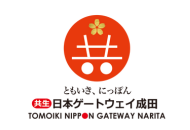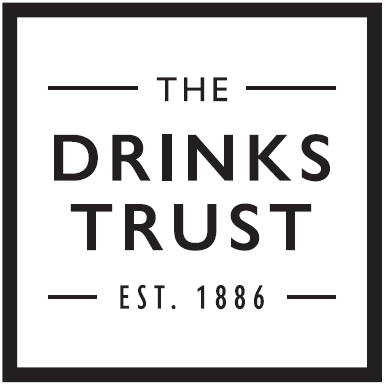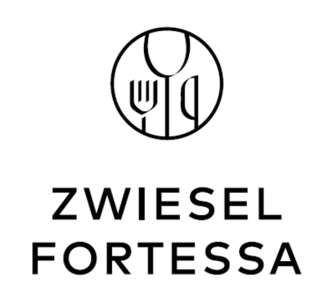Purists may shake their heads and question "what's the point?" I'm certain that a few IWC judges raised their eyebrows when a bespoke no/lo wine judging panel was announced in April. Like it or not, the no/lo category is here to stay, and is currently the fastest growing sector in our industry. According to the IWSR, sales of low-alcohol wine almost doubled in 2023 alone. Ignore this sector at your peril.
The wine industry is often guilty of reluctance to embrace new trends; let's make one thing clear – this one is here to stay. With almost every major UK retailer, and an increasing number in the US, creating bespoke "no/lo fixtures" in stores, what was a trend is now mainstream. Currently 44% of no&lo purchases are from supermarkets, but increasingly, restaurants and pubs are creating bespoke no/low drinks lists. 2024 KAM data shows that 37% of people have left on-trade venues early because of a perceived lack of no/low options. Last month, an article in The Times spoke of customers at Wimbledon and sporting events requesting more alcohol- free options.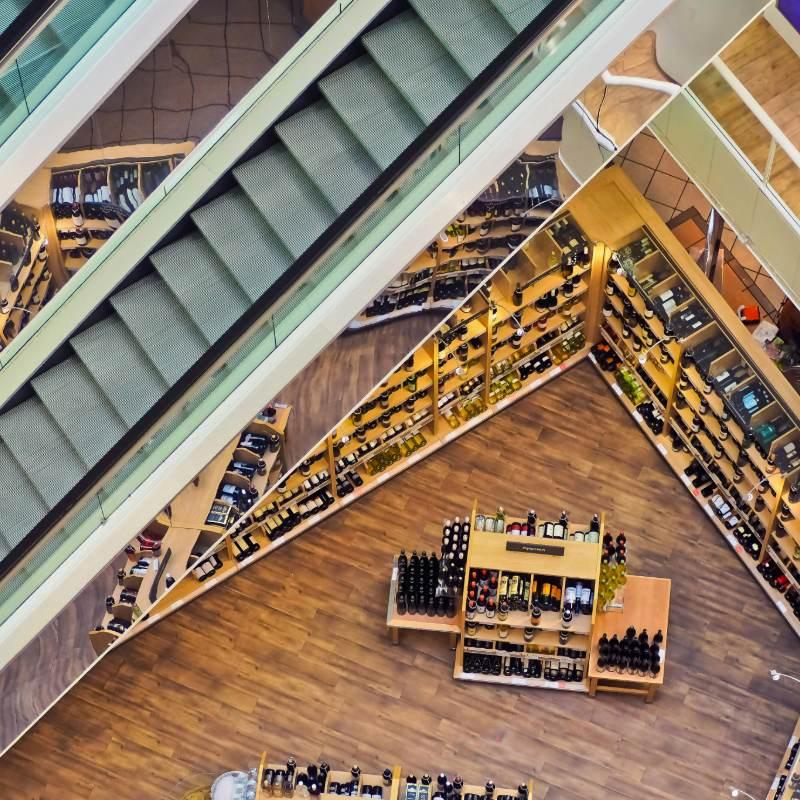
Drinking habits are shifting: "moderation", not "abstention", is now the word. KAM research data indicates that consumers are cutting back on alcohol, with 5.2m fewer drinking weekly in 2024 than in 2021. Moderation is now part of everyday life across all generations, primarily due to health, physical and mental fitness, and financial concerns. Four in 10 adults drink no/low alcohol products (Kantar) with 28% of drinkers regularly 'zebra striping', the term used for alternating between alcoholic and low alcohol drinks.
Mark Kears, MD UK of Les Grands Chais de France, and producer of leading alcohol-free wine Nozeco, confirmed: "The category has exploded over the last 5 years, with continued double digit growth forecast and an array of NPD and new formats in the pipeline."
So who's drinking alcohol-free? Despite recent press, Gen Z and Millennials only represent 17% of sales, with the older demographic (44+) also looking to reduce alcohol consumption.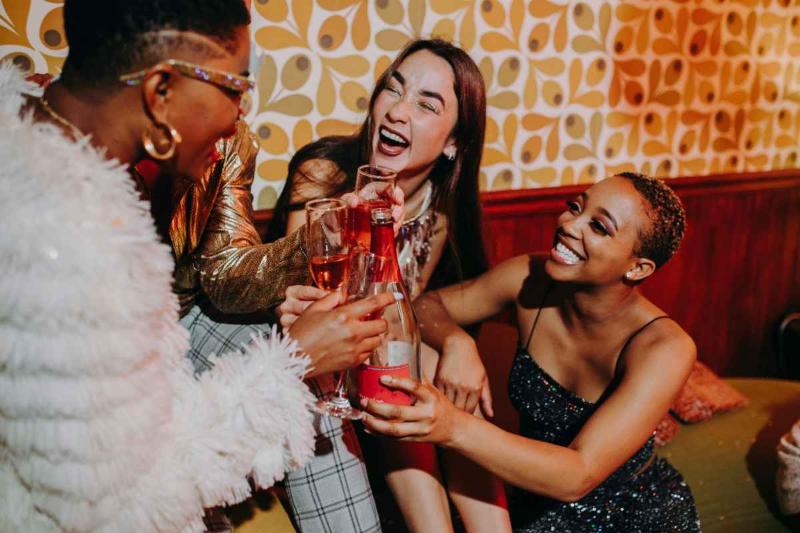
Wine lags behind beer and spirits in the sector, claiming only 10% share in UK and 15% in US and Europe, yet still showing an impressive 8.2% growth, according to IWSR. Interestingly, it is the zero-alc (below 0.5%) segment driving growth, with an increase of +8% year on year, whilst low alcohol is declining by 5%. Why? Largely due to unclear identity and blurred messaging, whereas Zero is very clear.
It's no longer a question of "what's the point?" but rather "how do we make the products taste good?" Wine has struggled in terms of credibility; according to Club Soda Co-founder Laura Willoughby: "Taste is the reason wine has taken longer to evolve in this space – and the industry was late to respond. In the early days of low alcohol wine, producers would use left over grapes – and you can't make decent low alcohol wines with poor grapes."
Zeno's co-founder David Hodgson, who set up the business in 2019 with Will Willis, confirmed that early alcohol-free wines used bulk surplus wine, with less efficient de-alcoholisation techniques, often compensating with added sugar.
Today, with consumers demanding high quality of taste, the focus in wineries globally, has been revolutionised, with quality, cutting-edge technology, innovation and investment to the fore, as producers strive to achieve 'best in class' zero alcohol liquids.
De-alcoholisation plants are popping up even in that most traditional of regions, Bordeaux – Cordier picked up an impressive number of IWC medals for their entries; further afield, Edenvale, Mcguigan and Giesen lead the charge, with innovative processes and state-of-the-art wineries in Australia and New Zealand.
Many wineries now work with leading dealcoholisation company Bev Zero, using their latest GoLo technology, a very gentle heating and cooling unit, which removes alcohol in one single process, minimising heat shock; it's also far more energy and carbon efficient. The wine is separated into three parts – alcohol, de-alcoholised liquid and essence; the latter two elements - aromatics and flavour compounds - are then blended back in. This process results in more complex, wine-like characteristics, preserving delicate flavours and varietal typicity.
Not all zero alcohol wines are de-alcoholised; The Wild Idol Sparkling range uses premium grape juice, blended with water, wine vinegar and rectified grape must. The Kylie 0% range, employs a unique fermentation process using good bacteria, without producing alcohol, with the wine then infused with green tea to enhance depth.
Sugar levels are now decreasing due to these sophisticated techniques; today the Zeno range, which won five silver medals in this year's IWC, has sugar levels around 18-20g/lt. Tesco's bronze-winning alcohol free Sauvignon Blanc is at a commendable 16g/lt.
It's not just in the winery that the investment is happening. Bernard Fontannaz, producer of Tesco's zero alcohol wine range, explained: "'Making a zero alc wine takes a lot of planning - we need to do a 'green harvest', pick early, reduce ripeness, pick with lower sugar and potential alcohol."
Sparkling non-alcohol wines have performed best to date, bubbles and acidity helping the balance; aromatic whites have also had success. The toughest category has always been red wine, with producers struggling to recreate the complexity and depth that tannins deliver; this year's IWC judging delivered one encouraging silver (Zeno Tempranillo Cabernet) – hopefully more will start to follow.
Retailers are tough on quality, particularly when wines are under their own brand labels, and will continue to exert pressure on no/lo quality development. Andrew Pattison, Tesco's Wine Category Buying Manager, commented: "Our own-label wines are an integral part of our range and have to deliver on both taste and quality. For two of our alcohol-free wines to win awards is testament to the collaboration between our product developers and suppliers."
The category's importance was driven home by the number of judges who requested to be on the no/lo panel, keen to understand the category more. They disregarded poor offerings, but importantly rewarded those doing things well. As Clive Barlow MW reflected: "The focus has to be on getting the quality right. Producers need to offer a style that wine drinkers can appreciate – different, but with authenticity, and varietal expression – products that maintain the sociability of wine, adapted to lifestyle trends."

No/Lo Wine - Embracing the Category
Once dismissed by purists, the no/low alcohol category is now the fastest-growing sector in the drinks industry.
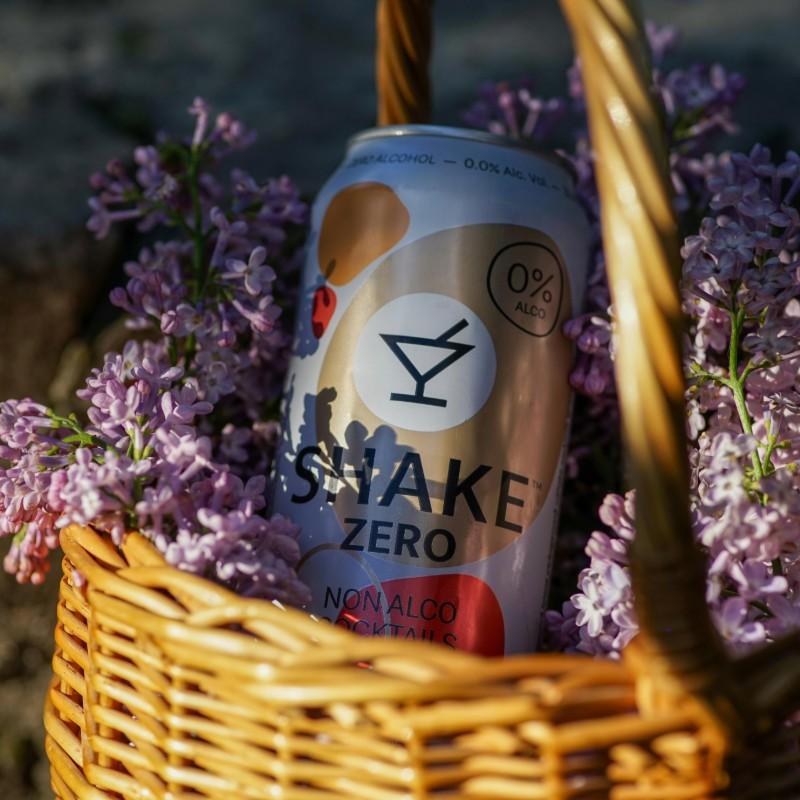
The revolution has begun

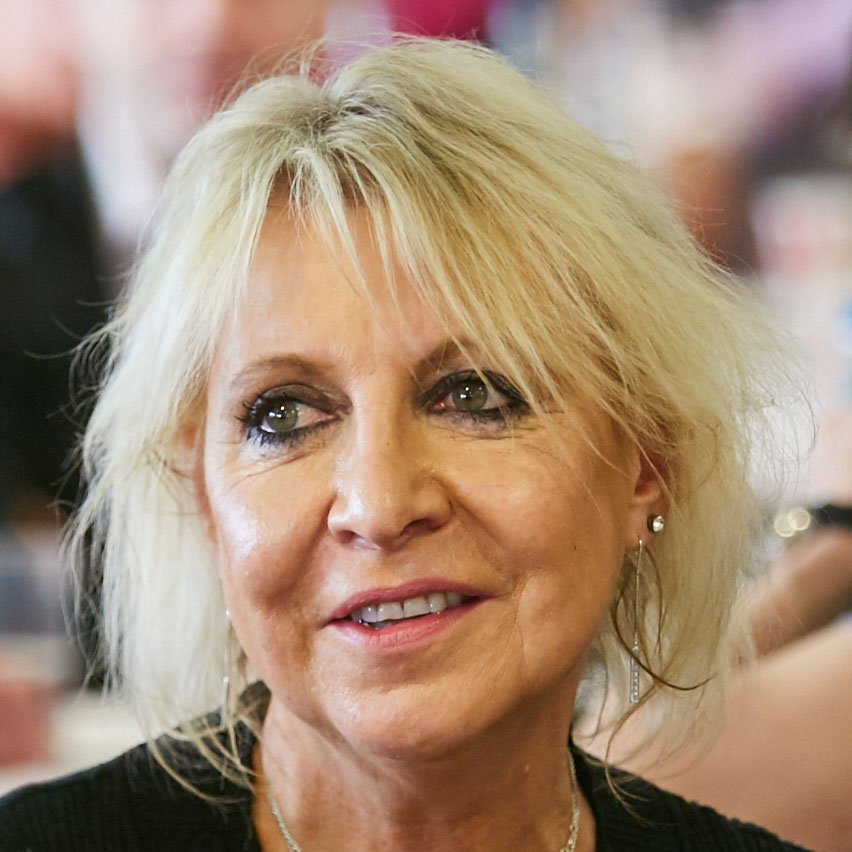



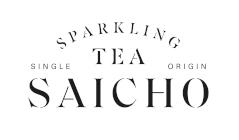
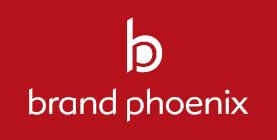

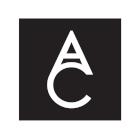

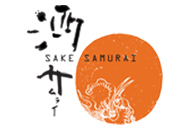
.png)
